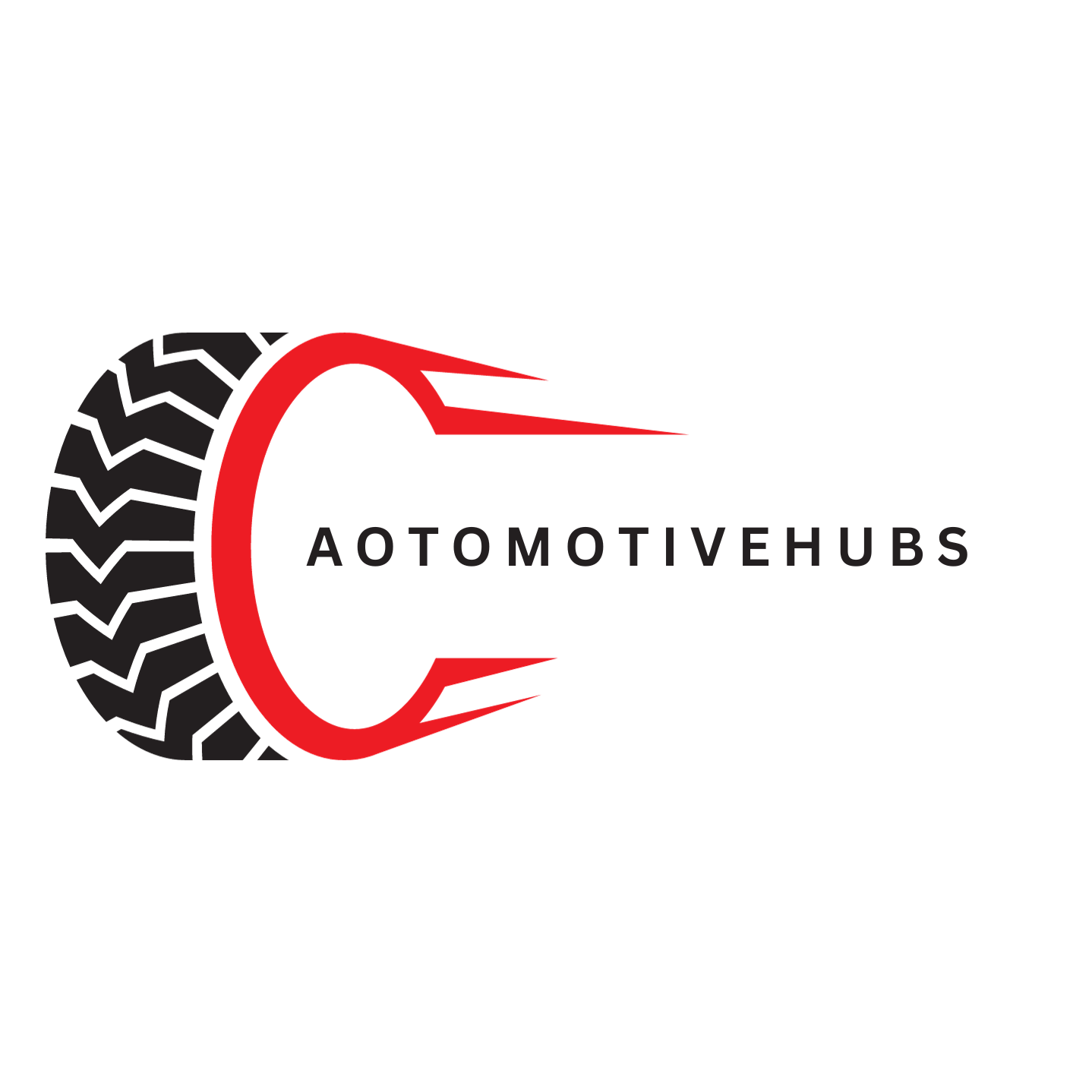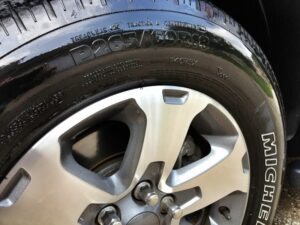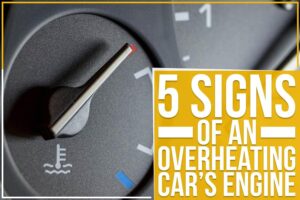Have you ever wondered what would happen if you accidentally poured oil into the dipstick hole of your car’s engine? Well, you’re not alone. Many car owners have found themselves in this situation and are unsure of the consequences. In this article, we will explore what happens when oil is put in the dipstick hole and whether it poses any risks to your engine.
The Function of the Dipstick
Before we delve into the potential outcomes, let’s first understand the purpose of the dipstick. The dipstick is a long, thin metal rod that is inserted into the engine to measure the oil level. It provides a visual indication of whether the engine requires more oil or if it is adequately filled.
Credit: www.quora.com
Possibility of Back Pressure
If you accidentally pour oil into the dipstick hole, one concern is the possibility of back pressure. Typically, the dipstick goes straight down to the oil pan, which is where the oil is stored. When the engine is running, pressure can build up in the oil pan due to the oil pump’s operation and the movement of other engine components.
While filling the car through the dipstick tube isn’t a problem in itself, the issue arises from the potential back pressure. The pressure could hinder the smooth flow of oil into the engine, causing it to take longer to fill up. Therefore, if you are in a rush or need to add a significant amount of oil, filling through the dipstick tube may not be the most efficient method.
However, there is a workaround. If you can remove a PCV valve or other similar components to relieve the pressure, you can then fill the oil through the dipstick tube more quickly and effectively.
Potential Risks of Overfilling
Another concern when adding oil through the dipstick hole is the risk of overfilling. It’s essential to maintain the oil level within the recommended range to ensure optimal engine performance. Adding too much oil can lead to several problems:
- Increased oil pressure: Excessive oil in the engine can cause the oil pressure to rise beyond the normal operating range. This can strain the seals and gaskets, potentially leading to leaks or other damages.
- Aeration of oil: Overfilled oil can cause the crankshaft to churn the oil excessively, resulting in aeration. This can introduce air bubbles into the oil, compromising its lubrication properties and potentially causing damage to engine components.
- Loss of fuel efficiency: An overfilled engine can lead to increased friction and resistance, reducing overall fuel efficiency. This can result in higher fuel consumption and increased operating costs.
Therefore, it is crucial to exercise caution when filling oil through the dipstick hole and ensure that you do not exceed the recommended oil level.
What to Do if You Accidentally Put Oil in the Dipstick Hole
If you find yourself in a situation where you have accidentally poured oil into the dipstick hole, there’s no need to panic. It is unlikely to cause significant damage to your engine. The dipstick hole is connected to the oil pan, and the oil will eventually make its way back into the pan.
Allowing the oil to settle before starting the engine is advisable. This will provide ample time for the oil to drain back into the pan, minimizing the risk of overfilling and potential complications.

Credit: www.reddit.com
Frequently Asked Questions On What Happens If You Put Oil In The Dipstick Hole
Can You Put Oil In Dipstick Hole?
You should not put oil in the dipstick hole. The dipstick is used to check the oil level in the engine, not to add oil. Adding oil through the dipstick hole can lead to back pressure and other potential issues.
It is best to use the designated oil fill opening to add oil to your car.
What Happens If You Put Oil In The Oil Dipstick?
Adding oil directly to the oil dipstick hole is not recommended as it can cause back pressure. However, if you can relieve the pressure by removing a PCV valve or similar, you can fill it up through the dipstick tube.
It’s important to ensure the oil level is not too high on the dipstick, as it may indicate other issues like water condensation or fuel leakage. Pouring oil directly into the dipstick tube won’t cause any damage as it goes into the same oil reservoir.
Should You Fill Oil To Top Of Dipstick?
No, you should not fill oil to the top of the dipstick. The dipstick is used to measure the oil level in the engine, and overfilling can lead to engine damage. It is best to fill the oil to the recommended level indicated on the dipstick or in the owner’s manual.
What If My Dipstick Is Full Of Oil?
If your dipstick is full of oil, it could be a cause for concern. The oil level may have risen since the last time you checked, or there may be too much oil on the dipstick. This could be due to water or fuel condensation, or even a coolant leak, all of which require attention.
It is important to address this issue to ensure the proper functioning of your vehicle.
Can You Put Oil In The Oil Dipstick?
Filling the car through the dipstick tube isn’t a problem. The dipstick goes straight down to the oil pan, allowing you to refill the oil easily.
Conclusion
While it is not recommended to pour oil directly into the dipstick hole, accidents happen. If you accidentally fill oil through the dipstick tube, the main concern is the potential back pressure and risks of overfilling. By understanding these risks and taking the necessary precautions, you can ensure that any unintended oil in the dipstick hole does not lead to significant engine damage.





